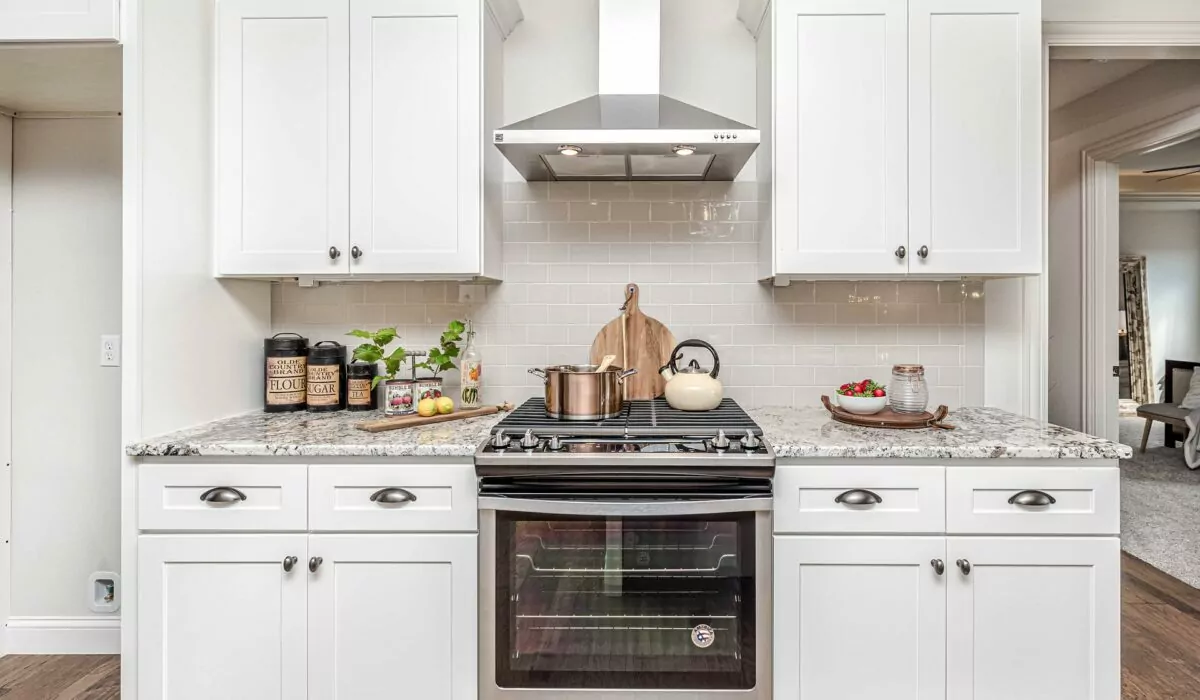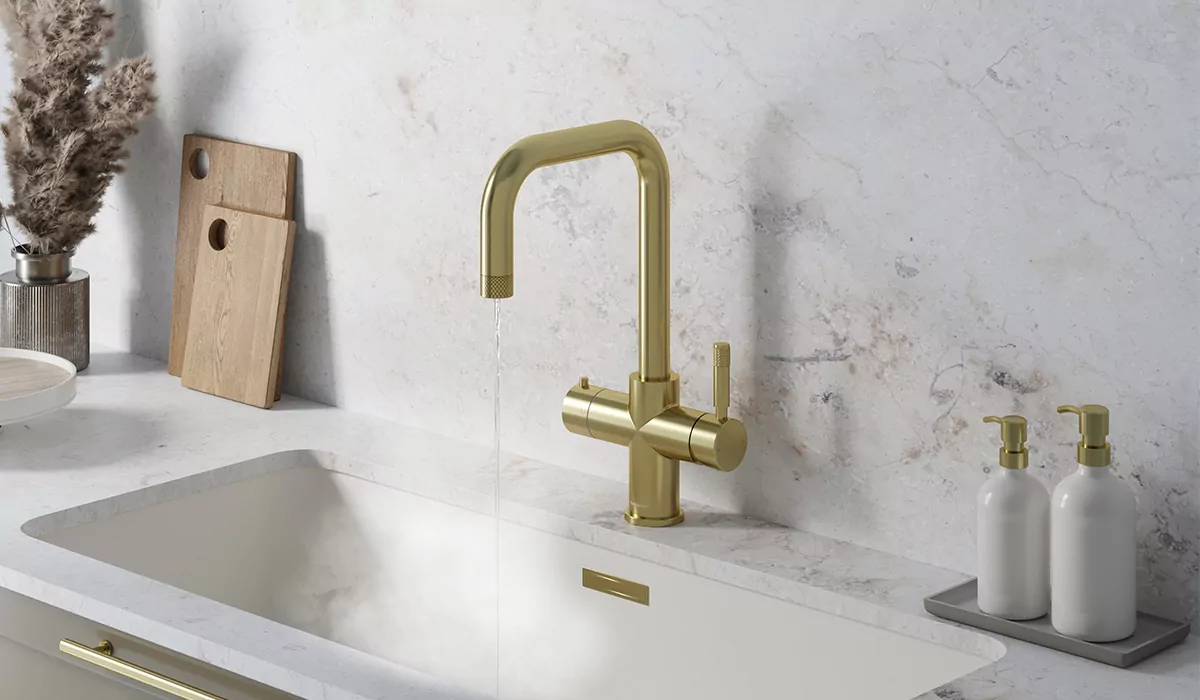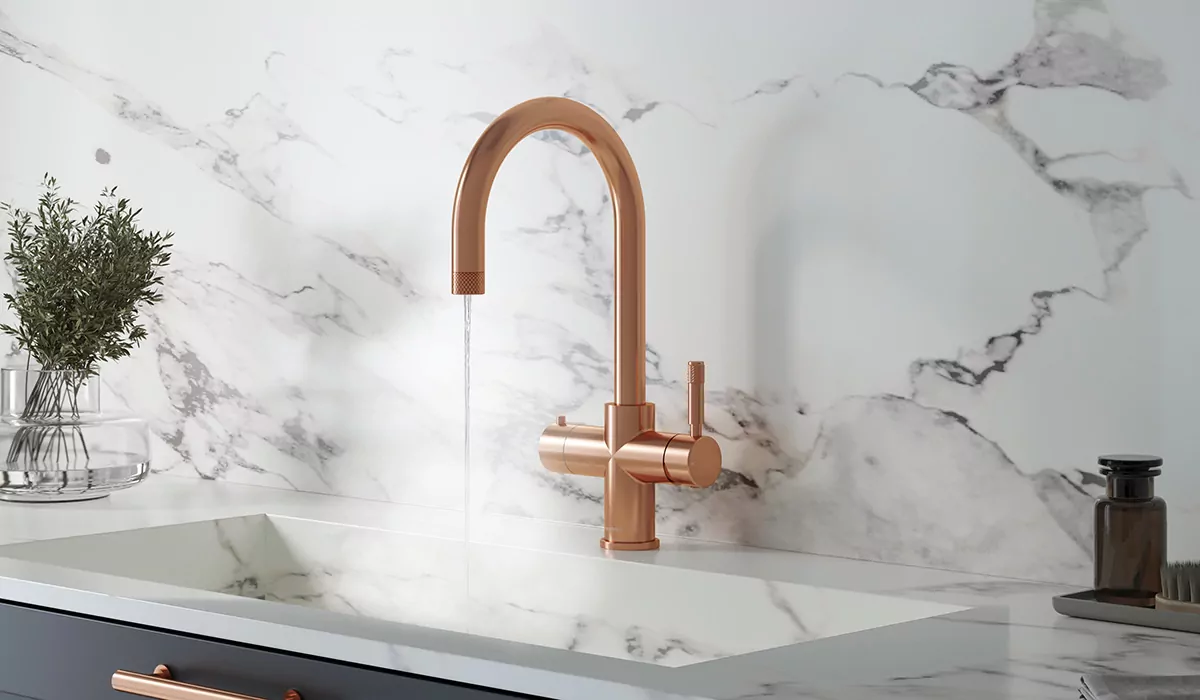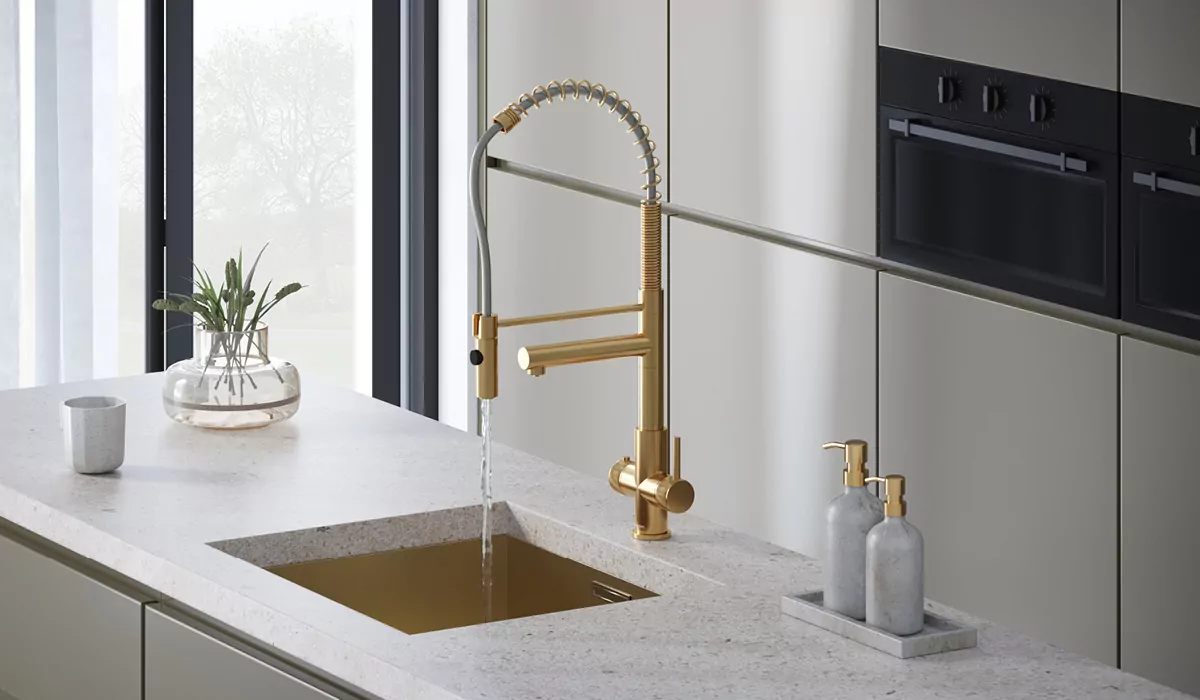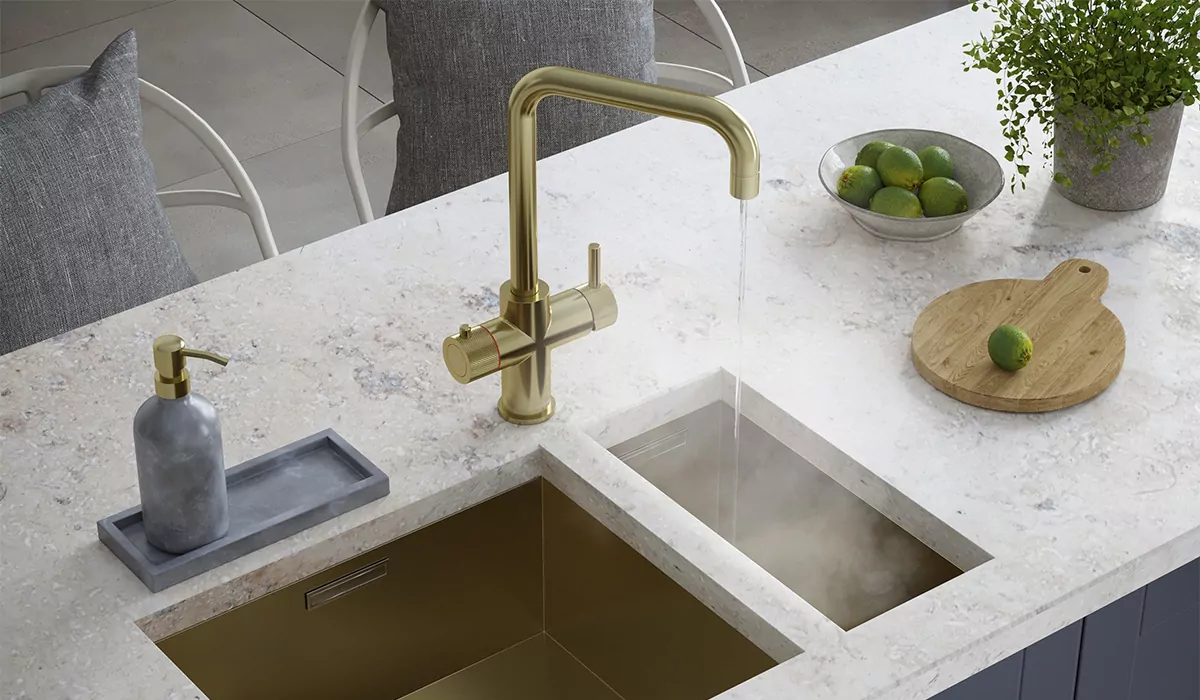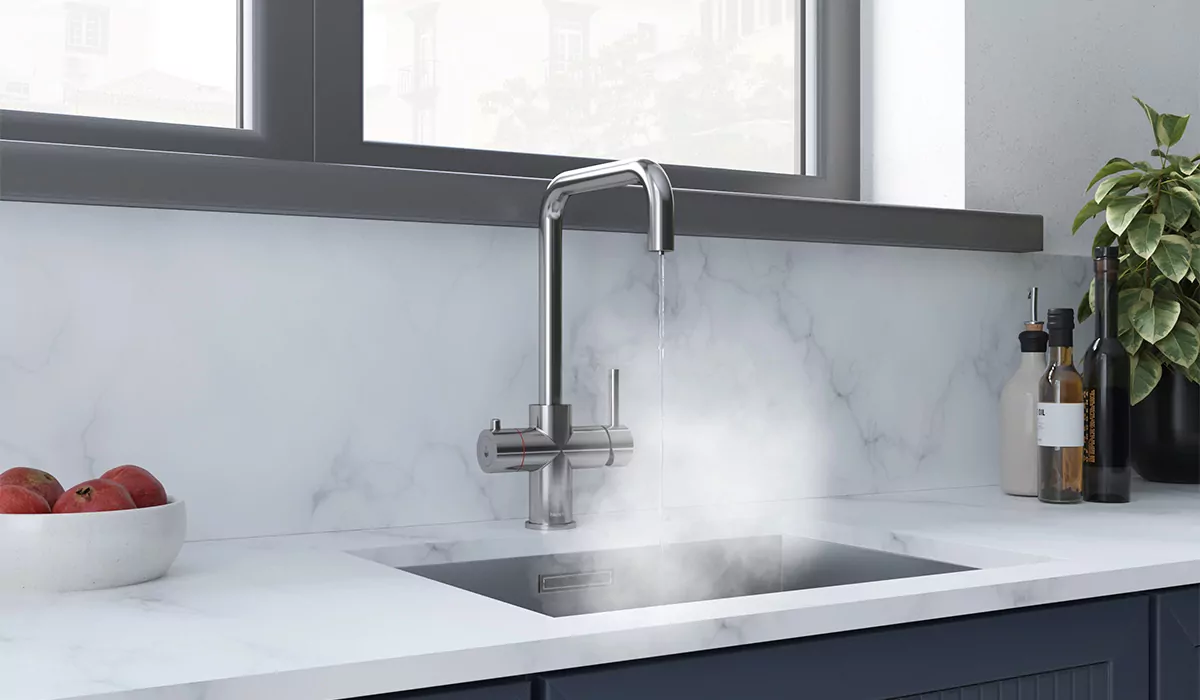Imagine creating culinary masterpieces in your kitchen without the lingering smoke and odours that can often accompany home cooking. Wouldn’t that be a dream? Well, with the right kitchen extractor hood, it’s entirely possible! However, with countless options available, finding the perfect fit for your space can prove to be quite a challenge. Fear not, for this blog post is here to guide you through some of the most sought-after kitchen extractor hood ideas, making your decision-making process a breeze. Let’s dive in and elevate your cooking experience to new heights!
Kitchen Extractor Hood
Kitchen extractor hoods serve as essential appliances in modern kitchens, expertly removing cooking odors and vapors from your living space. Typically positioned above the stove or cooktop, these ingenious devices operate by drawing in air and fumes before expelling them outside. There is an array of options out there, such as:
- Canopy hoods
- Island hoods
- Wall-mounted hoods
- Ceiling hoods
These versatile designs cater to various aesthetics and are readily available from numerous retailers.
Position
When deciding on the ideal location for your kitchen extractor hood, several critical factors come into play. The most crucial aspect is the position of the hob, as the extractor hood should ideally be situated directly above it. For downdraft extractor fans, placement just behind or beside the hob is optimal. Additionally, take into account the size and power of the hood, as this determines its effectiveness in removing cooking odours and vapours. Lastly, consider your kitchen’s design – in open-plan spaces, a hanging cooker hood might not be the best choice, as it could potentially disrupt the room’s flow.
Noise Level
The noise produced by kitchen extractor hoods can vary depending on the specific model, but most operate at 60 decibels or below. To determine the sound level of a particular model, consult the product specifications or online reviews. For a more peaceful cooking experience, seek out extractor hoods with lower dB ratings.
Kitchen Island Extractor Hoods
There are several compelling reasons to consider installing an extractor hood over your kitchen island. One of the primary benefits is the elimination of cooking smells and vapours, especially crucial in open-plan kitchens where odours can easily permeate throughout the home.
Additionally, an extractor hood contributes to maintaining a clean kitchen island. Cooking vapours and grease can accumulate on surfaces, making them challenging to clean. By removing these contaminants from the air, your kitchen island remains pristine and fresh. Furthermore, an extractor hood can enhance your cooking efficiency. With vapours and grease eliminated, heat circulates more evenly around your food, resulting in perfectly cooked meals.
When selecting an extractor hood for your kitchen island, keep the following considerations in mind: First, ensure the hood has the power to effectively remove all contaminants from the air. Second, verify that the hood’s size is appropriate for your kitchen island. And third, make sure the hood complements the overall design of your kitchen.
Under Cabinet
Opting for an under-cabinet kitchen extractor hood offers several advantages. First and foremost, they tend to be more budget-friendly compared to other hood types. Their discreet design allows for seamless integration into your existing kitchen layout. Moreover, they are an ideal choice for smaller kitchens, as they occupy minimal space. However, there are some downsides – installation costs can be higher, and their power may not suffice for larger kitchens.
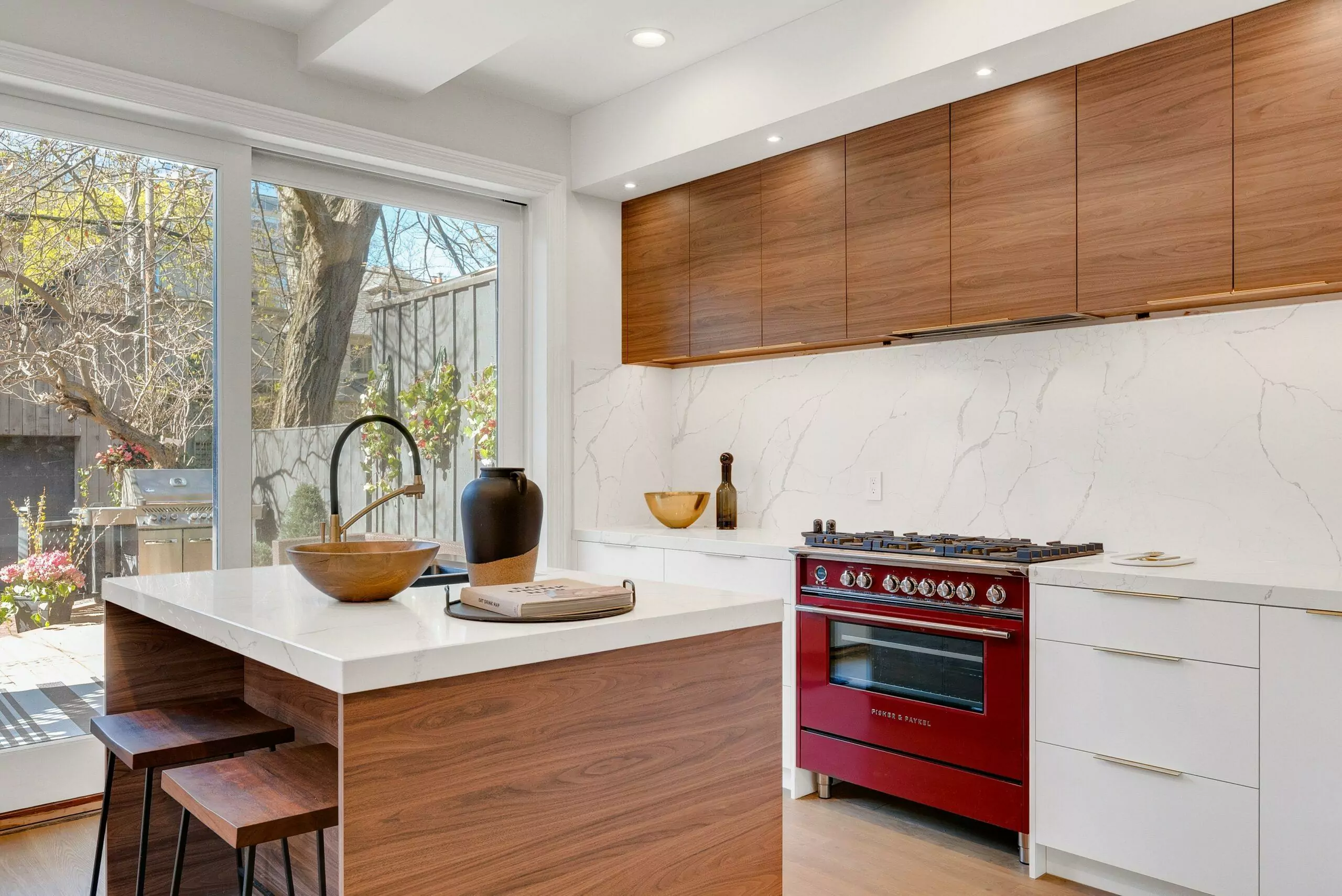
Downdraft
For those seeking a discreet kitchen extractor hood, a downdraft hood is an excellent choice. Concealed within the worktop, it remains hidden when not in use and operates by drawing steam horizontally before filtering it downwards. As a result, downdraft hoods are not recommended for gas hobs and may obstruct your view while in use. Nevertheless, they are an ideal option for island setups or those searching for a custom-fit solution to complement their kitchen design.
Ducted vs Ductless
When deciding between a ducted or ductless kitchen extractor hood, several factors come into play. Ducted hoods require connection to the exterior of your property for air ventilation, so installation location is crucial. Additionally, they do not include ducting, which must be obtained separately.
On the other hand, ductless hoods work by recirculating kitchen air through filters, eliminating the need for ducting. This option is ideal for those who cook infrequently or have a gas hob. However, they demand more maintenance than ducted hoods, as filters must be replaced or cleaned every 4-6 months.
Ultimately, the best choice between a ducted or ductless kitchen extractor hood depends on your specific needs and circumstances. Carefully weigh all the factors before making a decision to ensure you select the perfect fit for your kitchen.
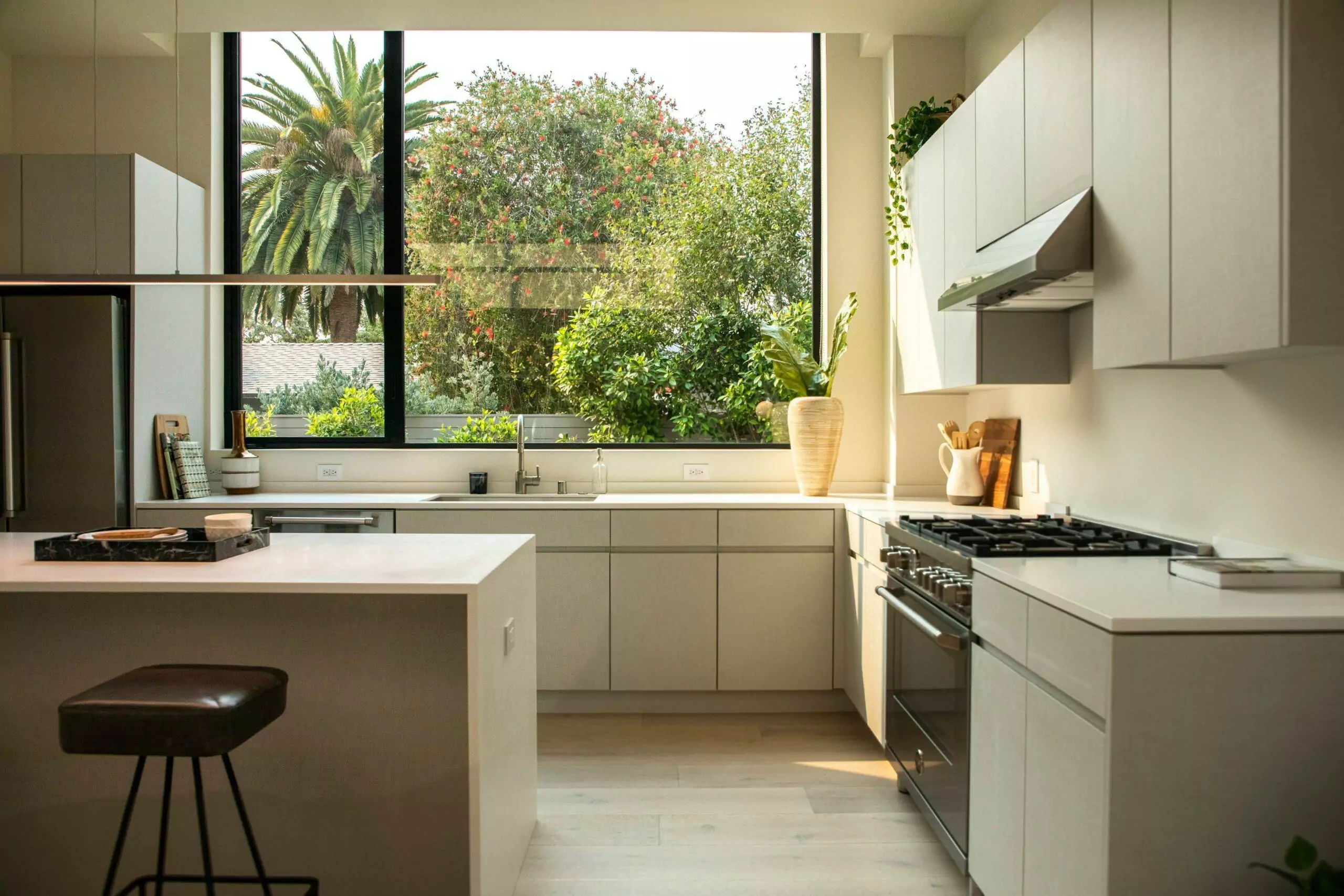
Visor
Among the various kitchen extractor hood options, a visor hood stands out as an excellent choice for those seeking a low-profile and space-saving solution. These hoods attach to the underside of your kitchen wall units, maintaining a relatively unobtrusive appearance. However, they may not be the most powerful option, making them better suited for smaller kitchens.
Wall Chimney
For a classic appearance that complements various kitchen styles, wall chimney hoods are an excellent choice. Comprising a canopy and chimney, these hoods come in a wide range of sizes, making them suitable for virtually any hob and ideal for larger kitchens. They also serve as perfect fillers between kitchen cupboards. However, wall chimney hoods require wall mounting, which means they are not suitable for kitchen island hobs or spaces with limited room for installation.
Extraction Hoods vs Recirculation Hoods
Extraction hoods work by removing air from the kitchen and venting it outdoors, while recirculation hoods filter the air before circulating it back into the kitchen. Both types come in a variety of designs, with extraction hoods being more popular for tackling cooking smells and vapours. Recirculation hoods are often found in smaller kitchens without exterior venting options. When choosing between the two, consider factors such as kitchen size, cooking habits, and budget.
For those who frequently cook dishes that generate significant smoke and vapour, an extraction hood is a superior option. Conversely, a recirculation hood suffices for small kitchens without external venting capabilities.
Extraction hoods are costlier than recirculation hoods due to the required external ducting, but they effectively remove smoke and odours from the kitchen. In contrast, recirculation hoods are more affordable and easier to install, as they don’t need ducting and can be fitted without extensive renovations. However, they are less effective at eliminating smoke and odours from the kitchen.
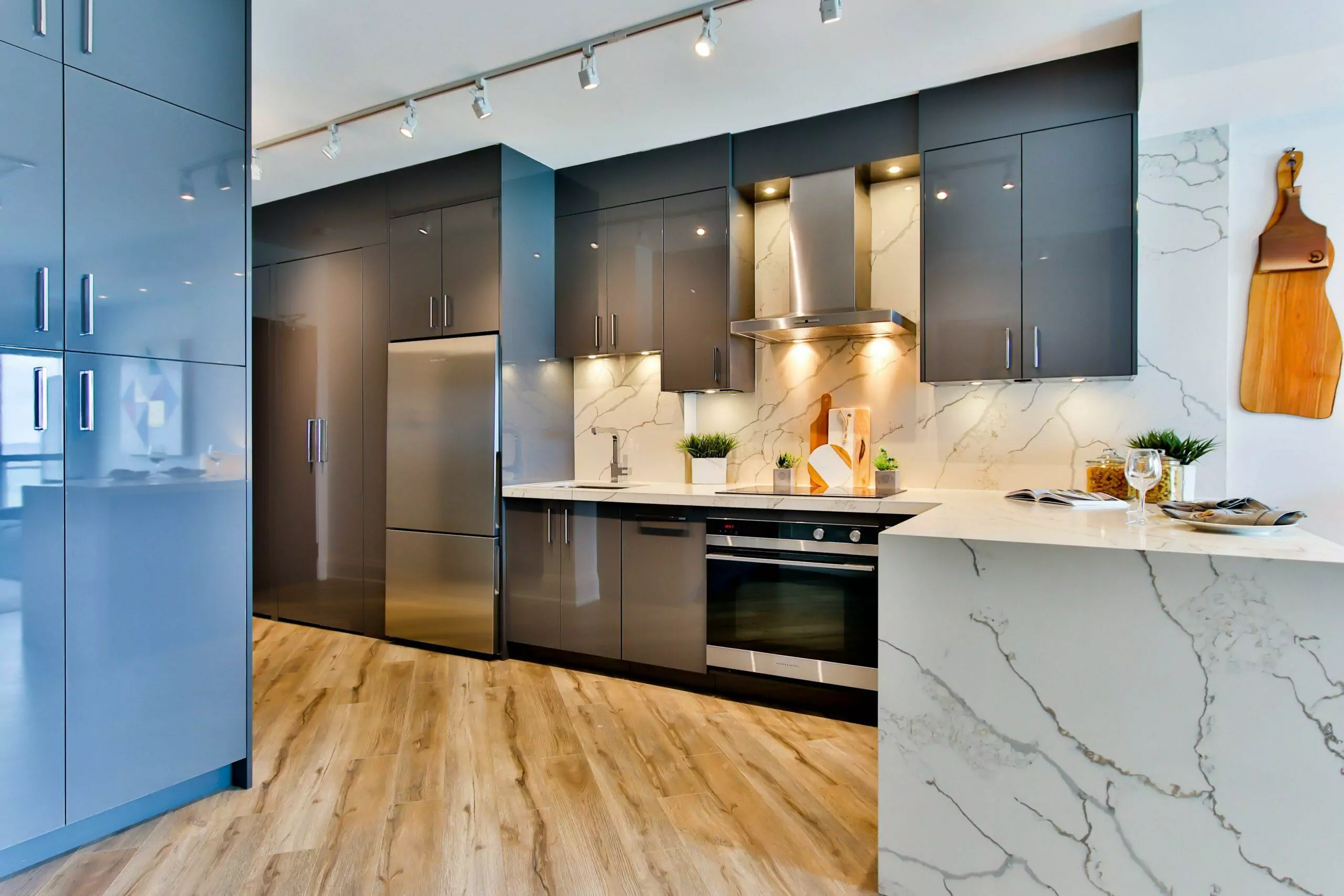
Renovating your kitchen?
Transforming your kitchen not only breathes new life into your home but also enhances its overall value and functionality. As you reimagine your space, why not consider adding a boiling water tap to elevate your kitchen experience? This innovative addition embodies convenience and modernity, streamlining your daily tasks by providing instant access to hot water for cooking or beverages.
Imagine the time and energy saved as you effortlessly prepare meals, entertain guests, or simply enjoy a cup of tea. A boiling water tap seamlessly integrates into any kitchen design, serving as both a practical and stylish upgrade.
Don’t just take our word for it – numerous satisfied customers have attested to the transformative power of this must-have appliance. So, when planning your kitchen renovation, remember to prioritise convenience and efficiency by incorporating a boiling water tap into your design. Your future self will thank you! Browse our full range of 3-in-1 taps and 4-in-1 taps, or learn more about how a boiling water tap works.
FAQs
Do cooker extractor hoods have to vent outside?
While many extractor hoods vent outdoors, some models are designed for recirculation. If your kitchen lacks external venting, opt for a recirculating hood. These models typically feature charcoal filters that help eliminate odours from the air.
Do cooker hoods have to be on an outside wall?
No, not necessarily. For kitchens with island units or range cookers not against an outside wall, consider alternatives like island hoods or chimney hoods. Extractor hoods come in various shapes and sizes to accommodate different cooking surfaces, so ensure you measure your space before purchasing.
How do you hide a cooker hood?
To hide an extractor hood, you can install it under the counter or within a false cabinet. Another option is to choose a recirculating range hood that remains invisible from outside the kitchen. Alternatively, construct a decorative wood frame around the hood or have one custom-made. For island cooktops, consider a suspended island range hood.
How much space do you need around a cooker hood?
The required clearance around an extractor hood depends on its size. For larger kitchens with ample counter space, a more prominent hood that extends further from the wall may be suitable. However, in smaller kitchens or those with limited counter space, opt for a smaller hood with less protrusion. Generally, leave about 15-20 centimetres of space around the hood’s perimeter to ensure proper ventilation and air circulation.
